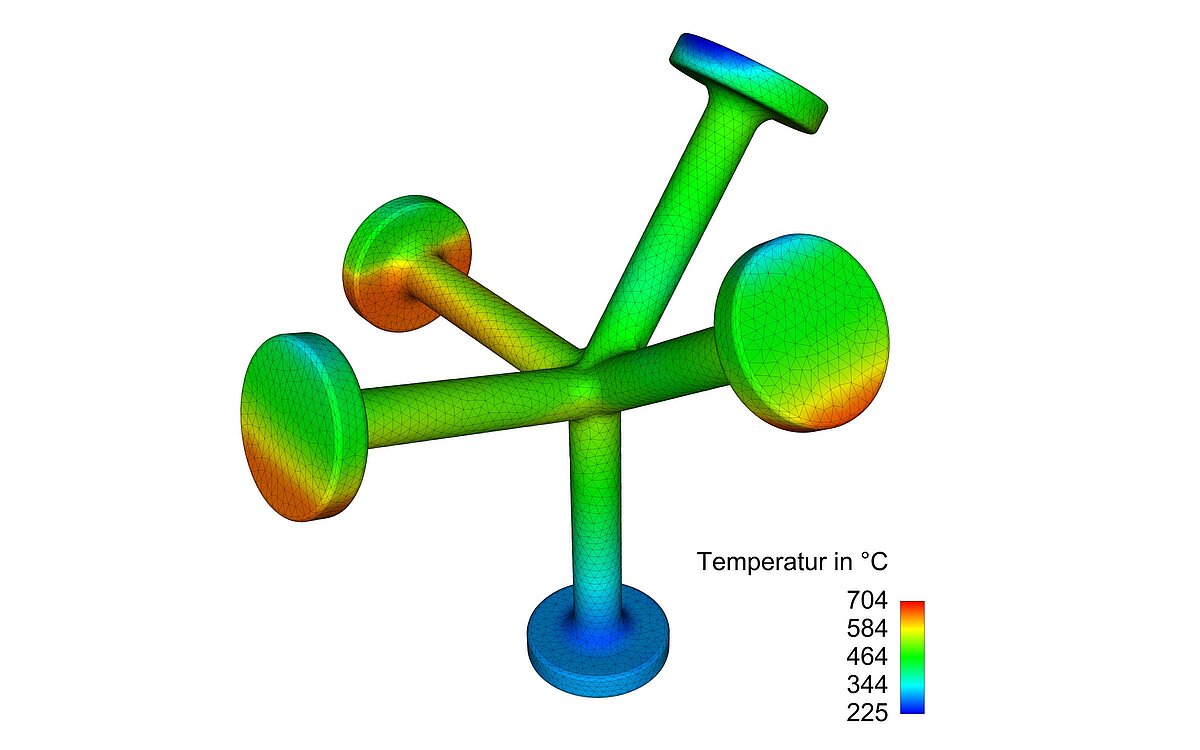Solutions for 3D printing warpage

Temperature differences during the melting process or pore formation cause stresses in 3D printed components that can lead to warpage. This is a problem when it comes to dimensionally accurate and safety-relevant components. According to Merkle & Partner, these challenges can already be solved satisfactorily through calibration and simulation techniques.
In 3D printing, metal powder is fused layer by layer. During the melting process, pores can form in the material. In addition, layers of the liquid metal are melted at up to 1,250°C onto layers that have already cooled considerably. These factors can lead to stresses and strains within the component and consequently to instabilities and warpage - a serious factor for safety- and function-relevant components.
Together with Aalen University, the engineering firm Merkle & Partner is conducting research into solutions for these effects, among other things, as part of the ROAD3D project (Robust design and dimensioning of safety-relevant components for 3D metal printing).
"An important aspect is the combination of the simulation with the calibration of the printer. Calibration is based on the printing of a defined test structure. This is measured, deviations are analyzed, and the respective 3D object is adjusted in the simulation. This simulation is then used to 'calibrate' the printer to such an extent that structures with the desired dimensional accuracy are produced," says Dr.-Ing. Maik Brehm, who is responsible for the ROAD3D project at Merkle & Partner.
Compared to the iterative process, test prints in combination with simulation models are a far more accurate and time-saving methodology. In addition, the calibration can be used for further pressure models.
Many effects can already be mapped in the simulation in the tenth of a millimeter range. This means that deviations can be predicted and warpage can already be factored into the design of the component.
3D printing still offers untapped opportunities for components with integrated functions, such as cooling nozzles in mechanical engineering. Via 3D printing, complex flow channels can be integrated within the component. This leads to greater effectiveness, more targeted function and increased energy efficiency. It is precisely for such developments that 3D printing holds enormous potential. "Since these components often cannot even be measured in iterative testing, the combination of 3D printing with simulation is the door opener for the development of components that we often cannot even imagine today," says Brehm.
"Ideas for function-integrated components already seem to be lying dormant in desk drawers in droves. The time and financial effort involved are currently still stopping innovations. This could be changed by calibrating printers and using simulation technologies in the design and printing phases," Brehm adds.

